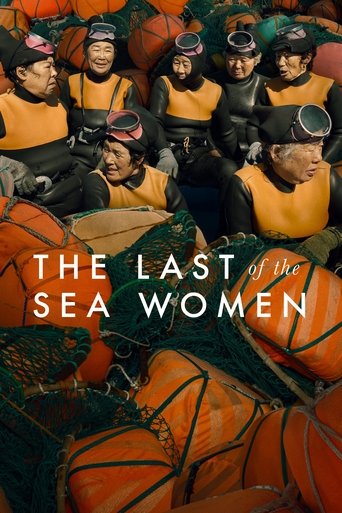
08 Sep 2024

The Last of the Sea Women
On the shores of Jeju Island, a fierce group of South Korean divers fight to save their vanishing culture from looming threats.
The film shows demonstrations against building the second airport in Jeju Island the performances of environmentalists very closely and in detail, by which it develops a desperate love story.

08 Sep 2024

On the shores of Jeju Island, a fierce group of South Korean divers fight to save their vanishing culture from looming threats.
08 Sep 2021
Immediately after liberation, an incident called 'Jeju Uprising' took place on Jeju Island, the Hawaii of Korea, under the control of the US military government. As a result, about one-tenth of the total population of the island at that time was sacrificed. The children who survived the massacre record the memories of that day in an animated film 70 years later.
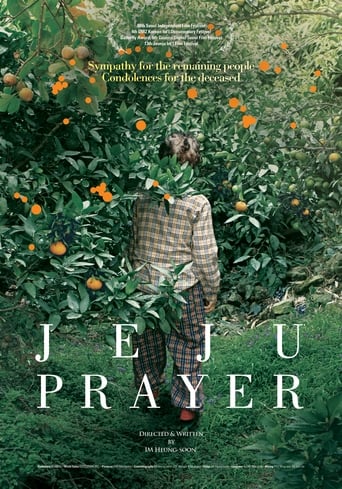
03 Apr 2013

Focusing on Mrs. Kang Sang-hee’s life, she lost her husband in the Jeju Uprising (March 3rd, 1948). The film views the dark-side of Jeju Island, a huge grave, which is completely opposite of the other side of the island, the famous tourist attraction. It says that the tragedy has been going on about the recent Gang-jeong village situation.
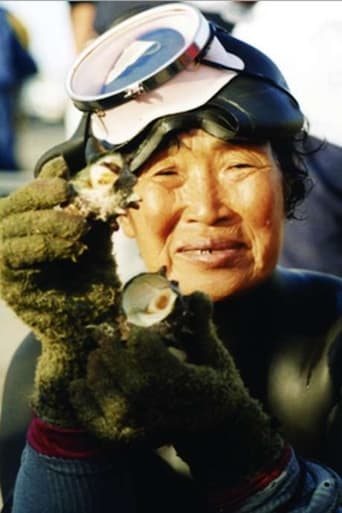
01 Jan 2007

Jeju-do is the largest of Korean islands and lies between Korea and Japan. There, for hundreds of years, women dive without breathing apparatus, to the ocean floor and collect shellfish, octopus, and urchins that they sell. The divers are in their sixties and seventies and their daughters do not want to inherit their work, lifestyle, and health problems that go with diving. As a filmmaker I was privileged to meet many of these women and dive with them. Their stories of hardship and pride confirmed my desire to record this unique and ancient tradition.
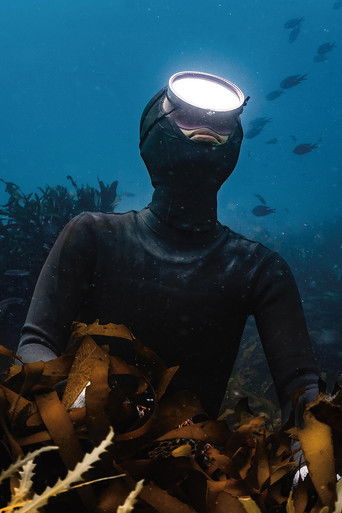
02 Aug 2023

Battling deep depression, Jaeyoun returns to her roots on the island of Marano, South Korea, to visit her family of female free fivers known as haenyeo. To her surprise, she finds a connection to nature and her ancestors that literally saves her life.
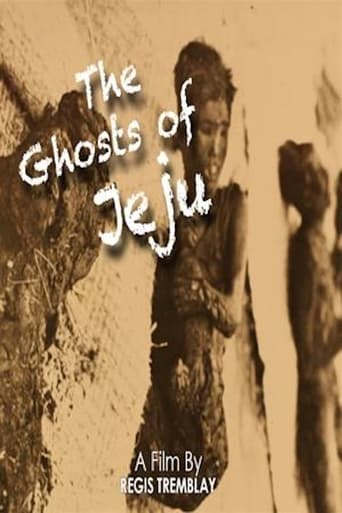
02 Aug 2013

Documentary about the struggle of the people of Jeju Island, South Korea. Set in the context of the U.S. presence in Korea after World War II, the film reveals horrible atrocities at the hands of the U.S. Military Government of Korea.
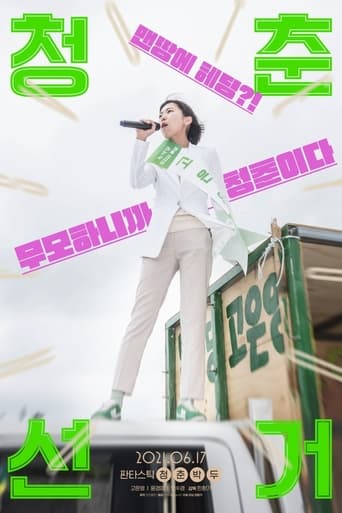
17 Jun 2021

No overview found
27 Jun 2023
No overview found
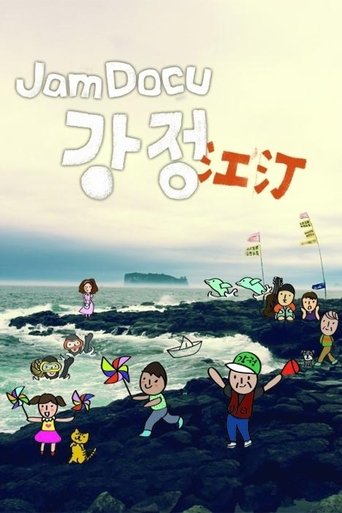
22 Dec 2011

Gangjeong Village, located at the southernmost part of Jeju Island's Seogwipo City, is in the true sense a 'breathtaking land of water.' In this film, eight directors independently yet collaboratively orchestrate a clever and humorous "mission" at this place where the groundwork for building a naval military base is in progress.
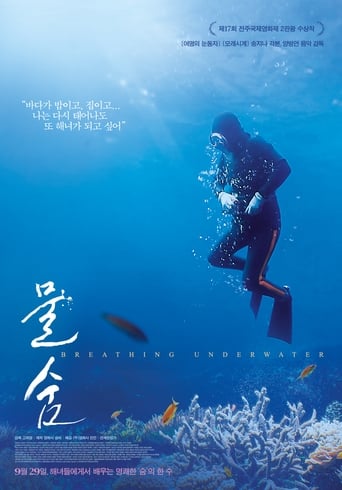
29 Sep 2016

In Jeju Province, located off the southern coast of Korea, are the women of the sea, those who hold breath for life. These women still exist and they still dive the old way, without tanks. They go into the waters of 10- to 20-meter depth to harvest seaweed and shellfish to make a living. They make a living in the same sea, but each haenyeo’s sea of life is different. The community is divided into three tiers- Group A, B and C, based on skills and capabilities. One’s rank is determined by sum or breath. Sum, is pre-determined at birth. Therefore, sum is desired. However, the ocean is harsh. May you desire! But seek what is not yours, the ocean will devour you. Life, for these women of the sea, is about holding one’s breath, and containing and controlling one’s desire. The film is a six year record of the lives of the haenyeos in Udo, an islet in the province of Jeju, known to be the birthplace of haenyeo. It is a close look into the lives that stand on the boundary of life and death.
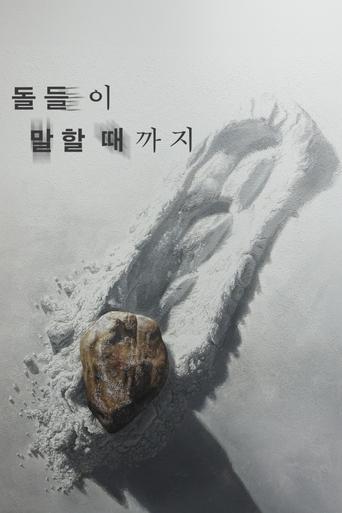
17 Apr 2024

There are five grandmothers, four of whom went to Jeonju Prison due to the Jeju 4.3. All of them were young people around the age of 20 at the time of the incident in 1948. The outline of the incident is formed when hearing the experiences of those who were sent to prison without trial particularly as women. The audience feels indescribable emotions by the fact that they have lived on despite what they had gone through, things that are just too much for a human being to bear.
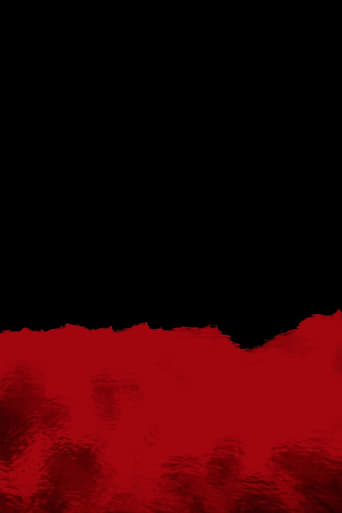
02 Aug 2020

If you look into the entrance of one of the huge caves on the Korean island of Jeju, it looks like a camera lens. If you walk into the cave, it looks like a screen, a rectangle showing clouds and white light, just like a film. Director Kim Minjung delves into the bloody history of Jeju, where tens of thousands were killed in a massacre in 1948. The camera follows the traces in the landscape, sometimes transformed by a strident, distance-creating red light, accompanied by a commentary by avant-garde filmmaker Hollis Frampton. Film as a means to address history and its taboos.
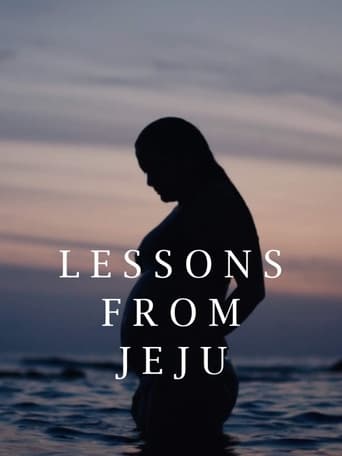
11 May 2020

Seven months pregnant and apprehensive of the effect motherhood would have on her career as a professional freediver, Kimi Werner took a trip to the island of Jeju in South Korea to meet her heroes, the haenyeo – a group of freediving and fishing women often regarded as Korea’s first working mother’s whose culture dates back centuries.
17 Sep 2023
No overview found
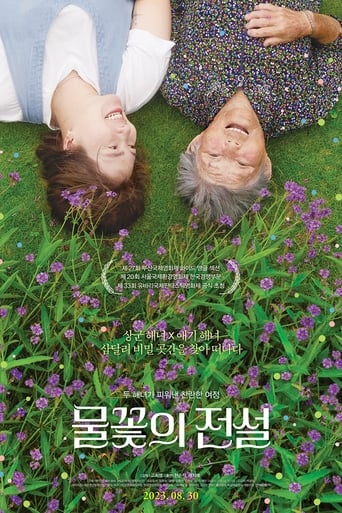
30 Aug 2023

Hyun Soonjik is the oldest living resident in Jeju Island. A natural diver with good skills, she became a high rank Haenyeo at an early age and has led an astonishing career of diving for eighty-seven years. Though she looks more comfortable when she is under water than when she is at home, she quit diving in October, 2020, and goes to sea every day, missing her old life as a diver. When she does, Chae Jiae who has been disciplined by Hyun, accompanies her and looks after her. Together they head for Deulmoolyeo, a place that only Hyun can find, to see the water flowers that bloom under water.
03 May 2018
This is a record of people who face up to the big change.
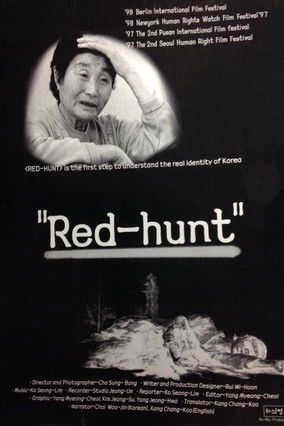
25 May 1997

70 years ago, a massacre called ‘Red Hunt’ occurred in Jeju island. Over 6 years, countless lives were murdered in the Daranshi cave, Jungbang waterfall, and Ompang field. There was no line between life and death. There were only ideological and political strategies that surrounded Jeju. After 49 years, survivors can finally testify the memories that could not be forgotten.
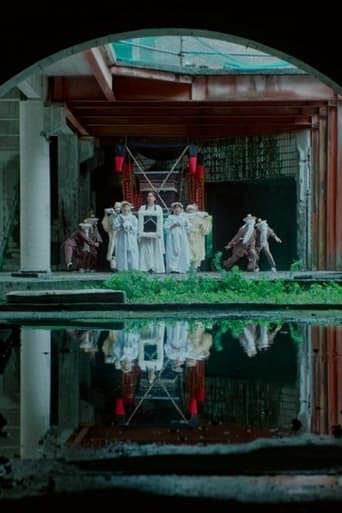
16 Mar 2023

In an abandoned resort on the South Korean island of Jeju, a group of people perform a symbolic funeral ritual to end a world built on hierarchies, division and destruction.
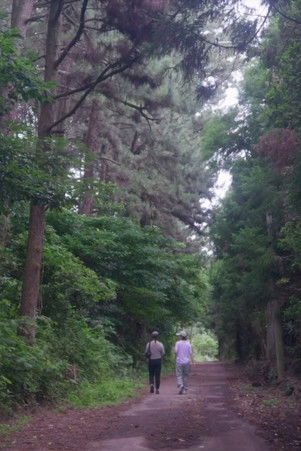
29 Nov 2025

Jeju authorities felled about 900 cedar trees on Bijarim-ro for a road expansion project. Citizens exposed the project's flawed environmental impact assessment, leading to its suspension. They continued efforts to protect Seongsan, slated for the second airport, and Bijarim-ro. This documentary follows the journeys of five women involved in this movement.
No overview found